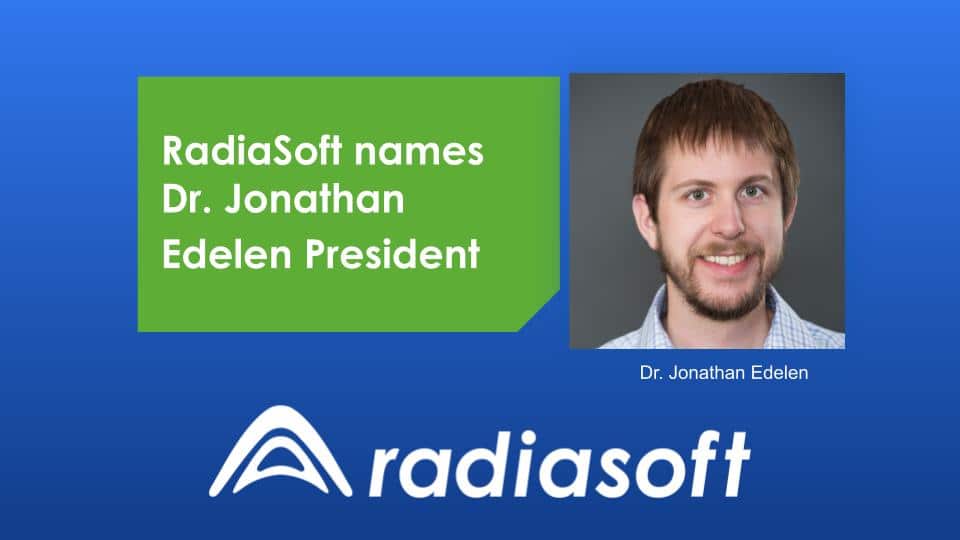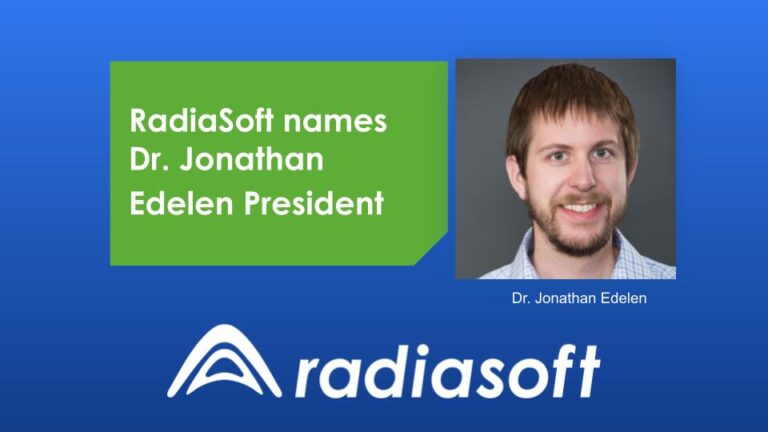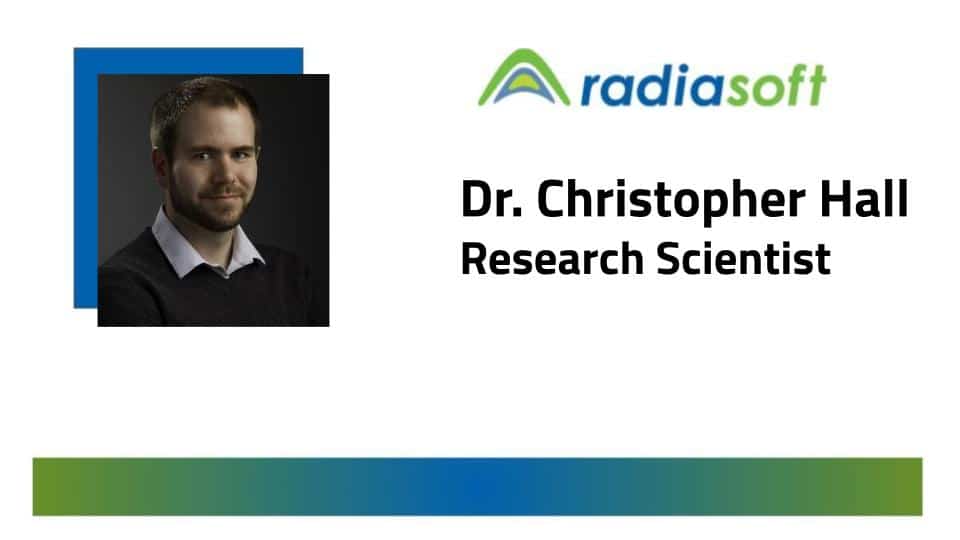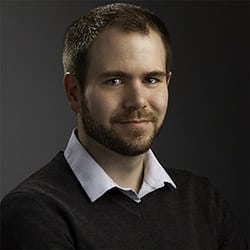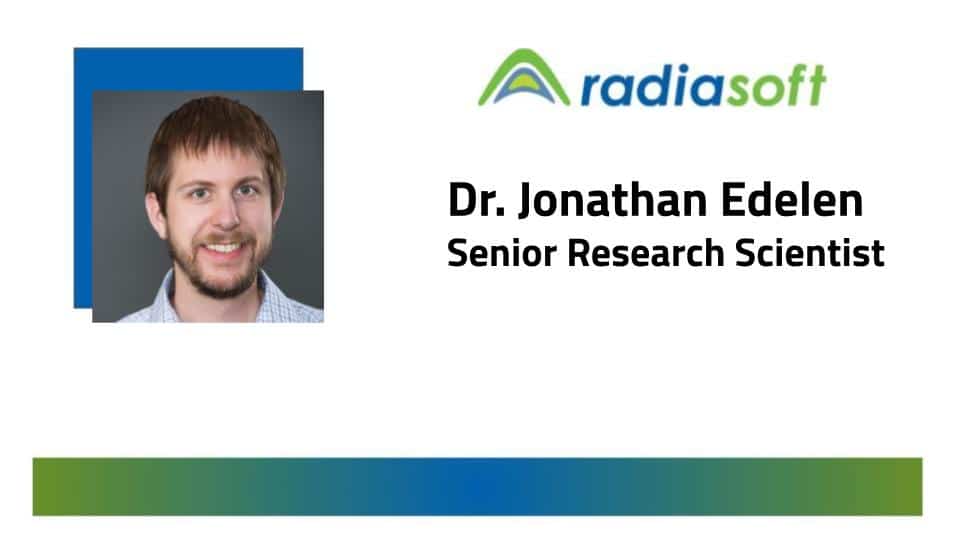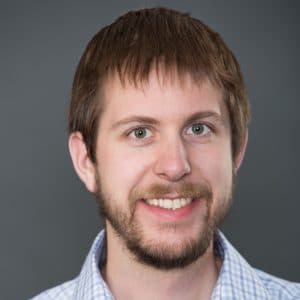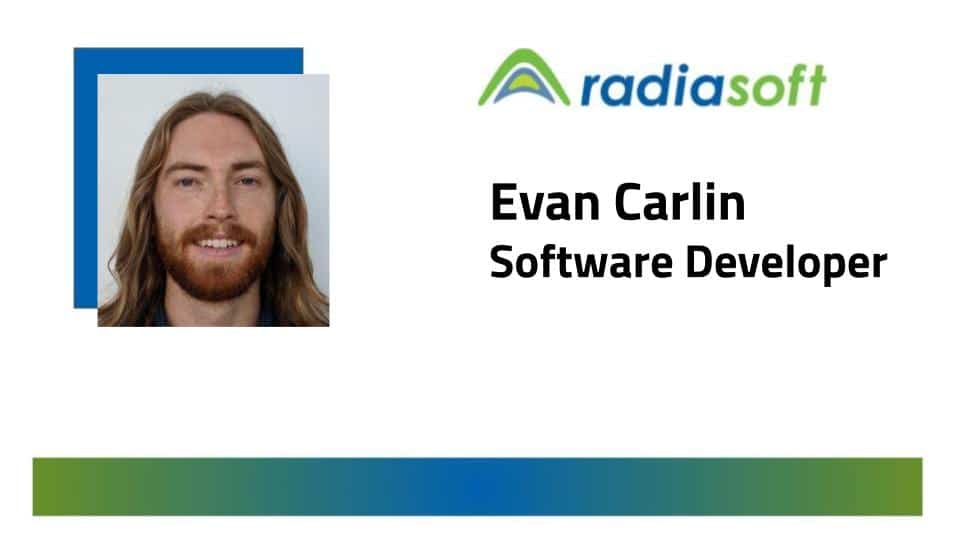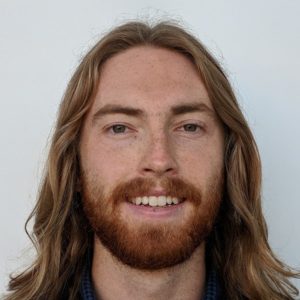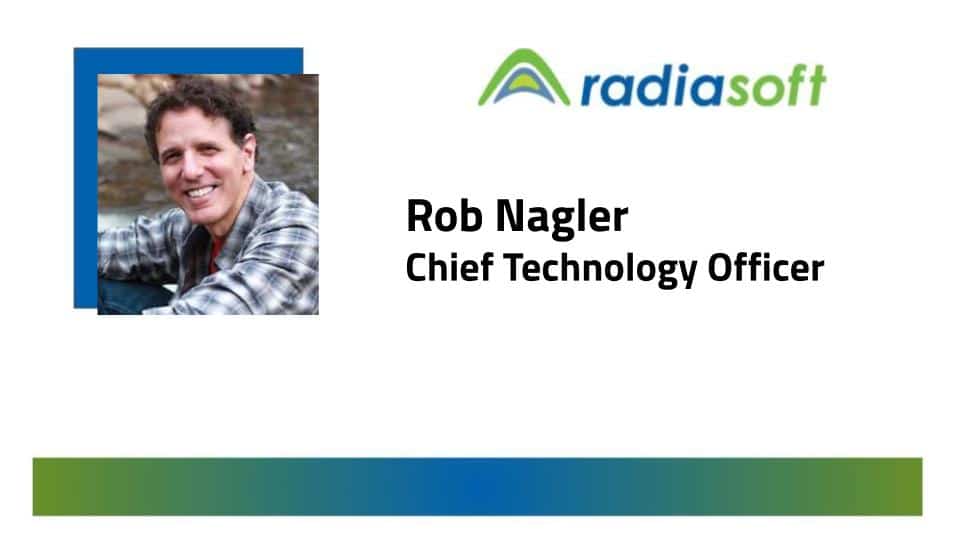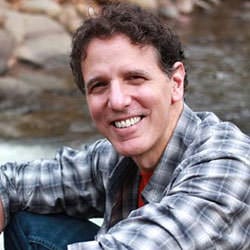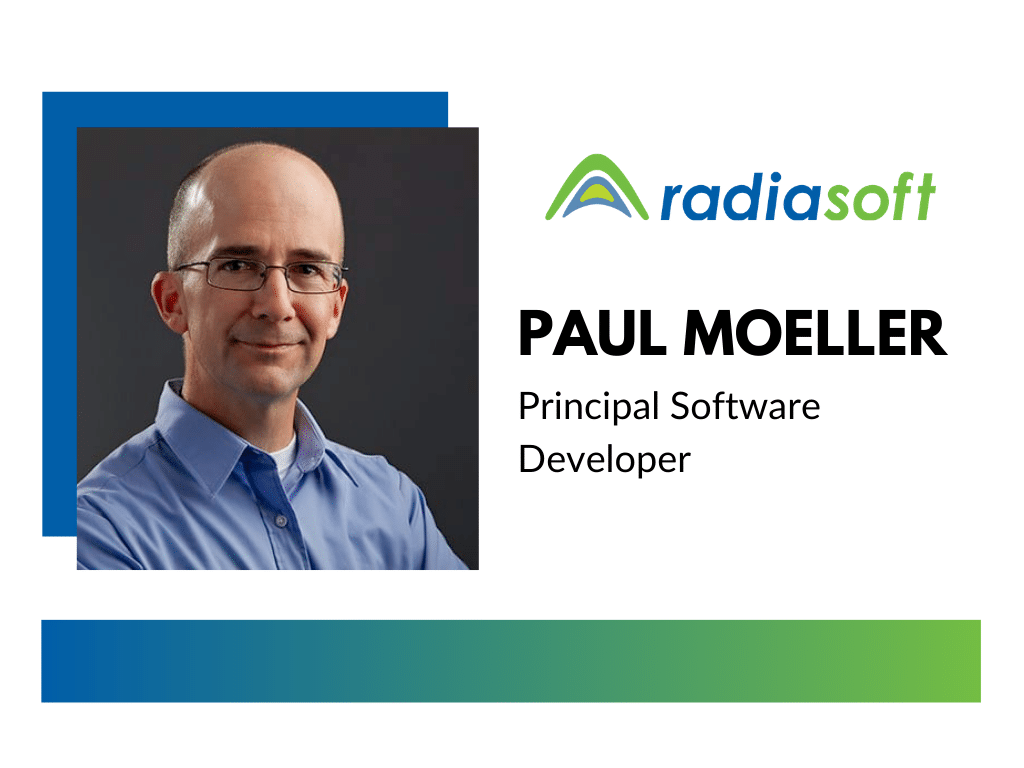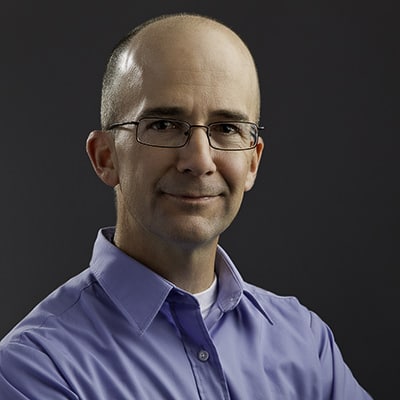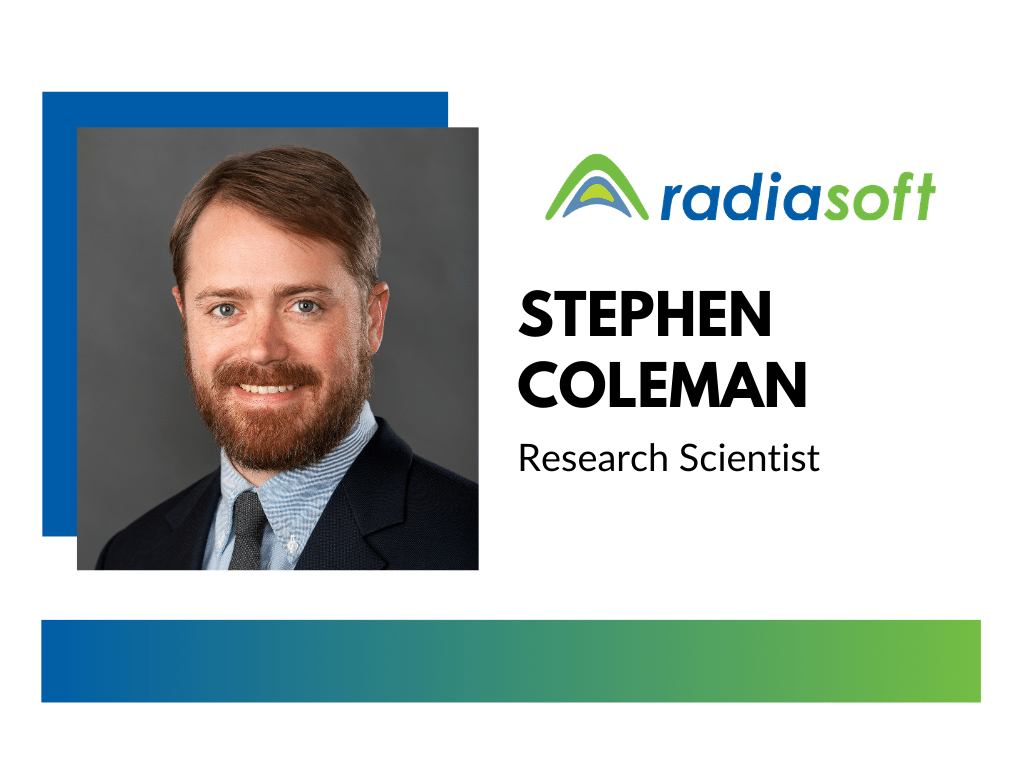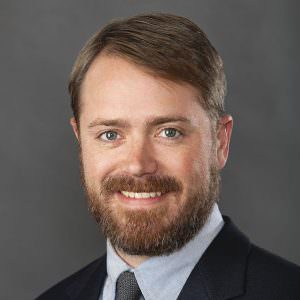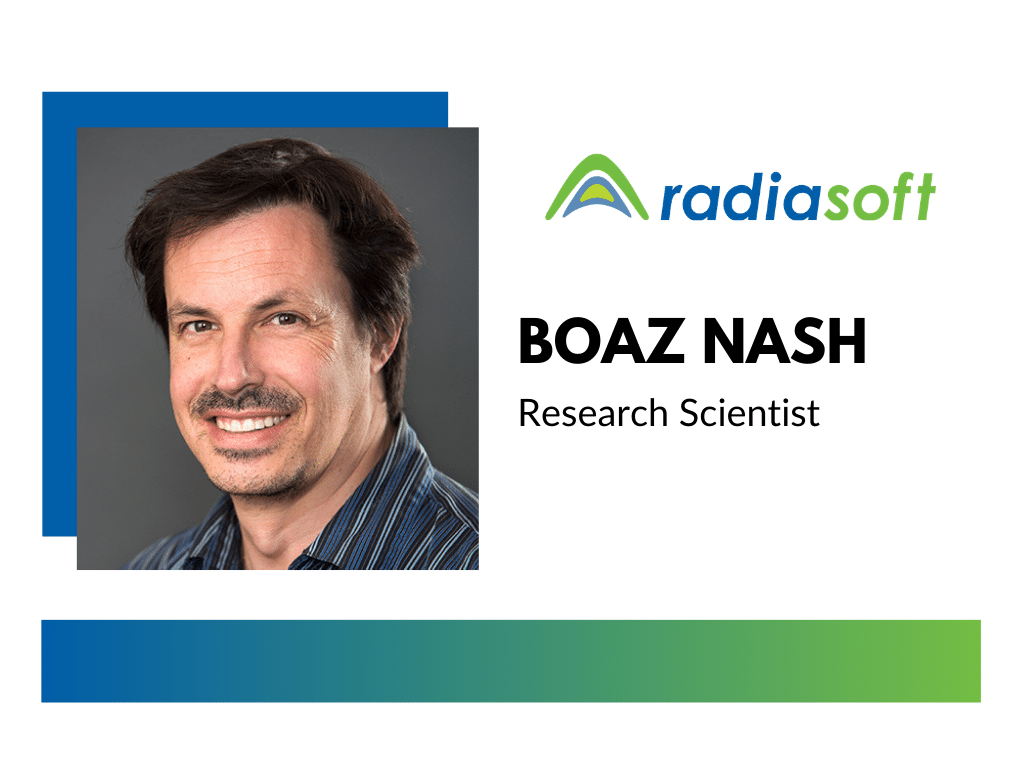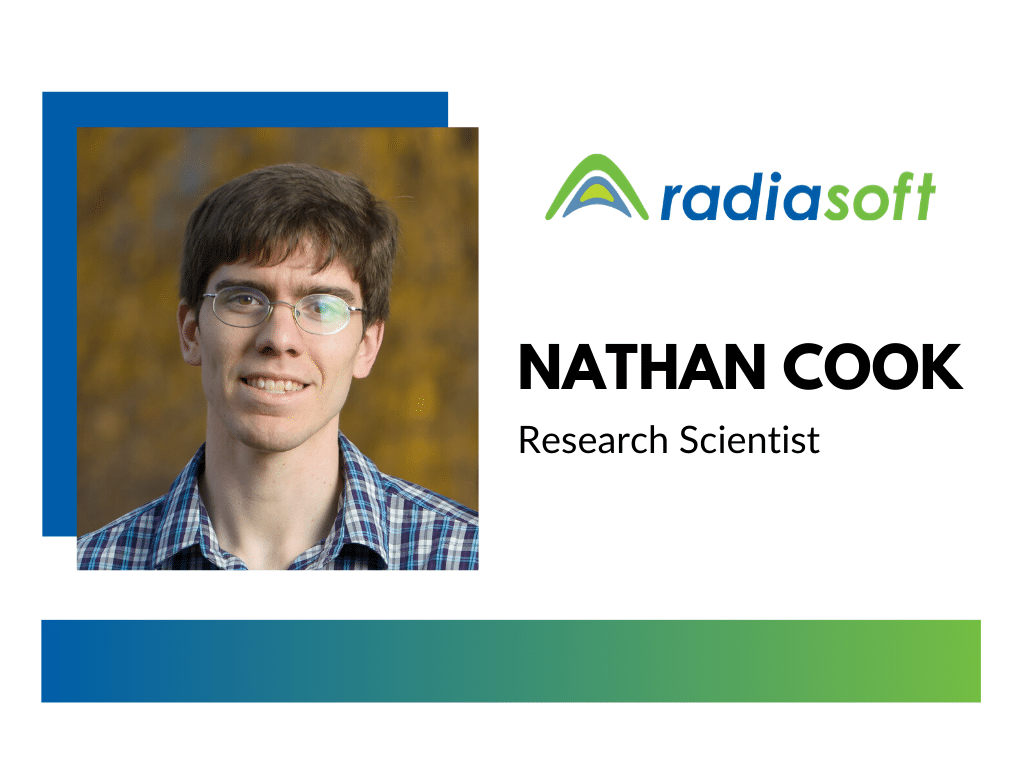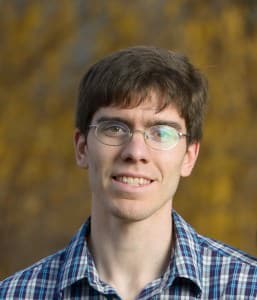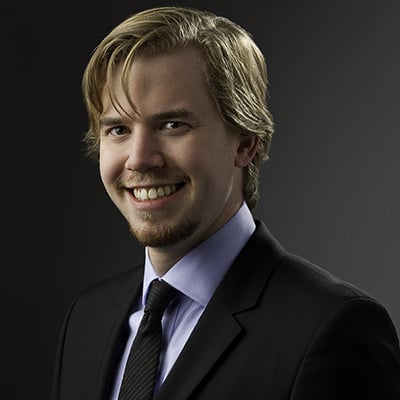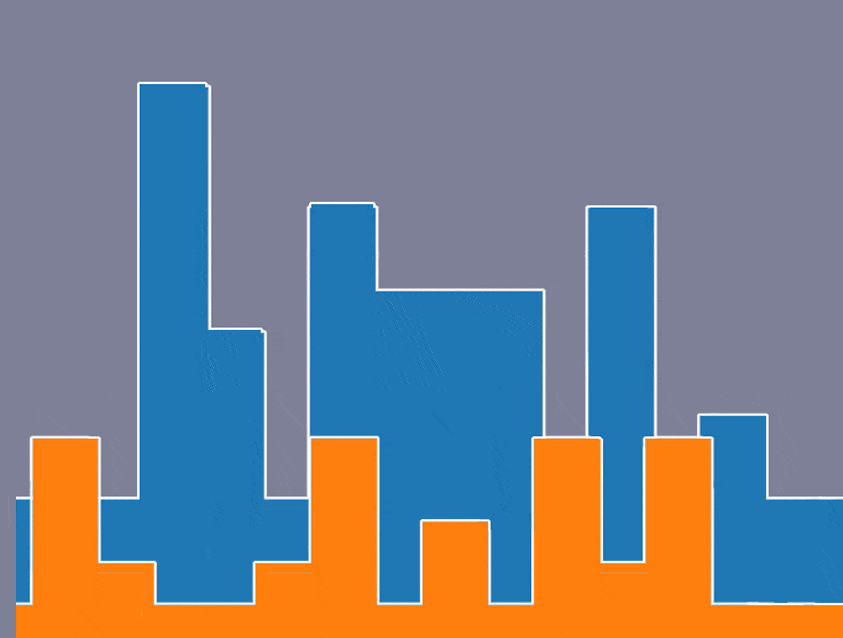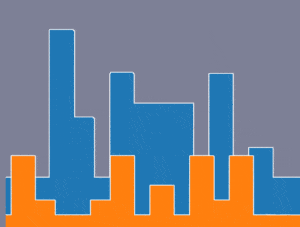Meet Your Research Scientist: Boaz Nash, PhD
Welcome to our ongoing Q&A series where we introduce you to RadiaSoft’s stellar team and they tell you about their work, background, and some of the things that make them who they are.
Today, Dr. Boaz Nash talks about which scientists he’d invite to a dinner party, his work on synchrotron light sources and X-ray optics, and his recent art show.
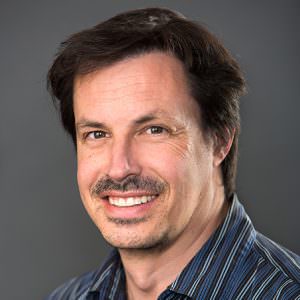
What do you do at RadiaSoft?
I am a research scientist. This means I manage scientific projects and work on other people’s technical projects, mostly related to software and modeling for particle accelerators and synchrotron light sources. I’d say I have most experience with light sources. The interplay between the electron beam side and the X-ray or synchrotron radiation side is where I’ve done most of my work.
What’s your educational and career background?
I went to Reed College and studied math and physics. I worked on classical mechanics. We had to do a thesis and mine was a strange one related to transporting systems—trying to mathematically define what it means to take a system and move it and what aspects change about it when you transport it. I was able to make progress on the problem by relating it to the theory of adiabatic invariants. My thesis advisors were Nicholas Wheeler in physics and Thomas Wieting. I learned a lot from both of them.
After graduating, I spent a year programming computers in Portland, Oregon, for Richard Crandall at a consulting company called Perfectly Scientific. I did algorithm development and worked for Pixar on lossless image compression (using stills from A Bug’s Life) and solid noise generation, among other projects. It was there that I learned programming, mainly with C and Mathematica.
Then I got into graduate school at Stanford for physics. I didn’t know what I would focus on. However, at a physics open house event, I was introduced to Ron Ruth at SLAC and learned about accelerator physics. He introduced me to Alex Chao and I was asked to give a talk about my undergraduate thesis project. They liked my talk. Alex—who’s written a lot of textbooks in accelerator physics—is one of the people who has really helped to make particle accelerator science an academic discipline. I started working for him as a graduate student in 2000.
I liked that I could immediately make progress on different projects, whereas, if I did string theory or condensed matter physics, I felt like it might be a year or longer before I would be able to do useful work on problems. Accelerator physics had all of these really hard yet accessible problems, so there was stuff to be done on it. During my six and a half years doing my PhD, I worked on electron storage rings, a high energy electron beam, steered and controlled by specially designed magnets and RF cavities.
My work on electron storage rings led me to study synchrotron light sources and I took my first post-doc position at the NSLS-II at Brookhaven National Lab. After three years, I took a second postdoc at ESRF, another synchrotron light source, in Grenoble, France. After eight years at the ESRF, I returned to the U.S., and took my present position at RadiaSoft. In fact, I was originally hired at RadiaSoft to work on an X-ray optics grant, which was in collaboration with Brookhaven National Lab using the software SRW, working with the author, Oleg Chubar.
So, overall, there has been a certain continuity to my career. Through all of these transitions to different labs, I learned to use a number of different beam dynamics codes, such as Tracy, Elegant, Mad-X, and Accelerator Toolbox. I was always interested in creating community around these tools that are used at many labs internationally, and I helped develop a collaboration involving the Accelerator Toolbox code that is still active today.
What’s the biggest misconception about your field and why?
People tend to think that it’s a very applied field. It is, in certain ways, but it’s also very theoretical. If you are an accelerator physicist, you may work in an accelerator control room, but you may also spend a lot of time solving really hard physics problems. I think the misconception persists because of the way that accelerators are used.
In particle physics, for example, accelerators are just there to give you high-energy particles to “uncover the foundations of the universe, the structure of particles,” a very exciting notion. Other applications, like proton therapy for cancer or synchrotron light sources creating X-rays used for studying materials and biology, are also very visible to the public. This all means the actual accelerator science is often not seen because it gets a bit overshadowed by the applications and scientific results.
Where did you grow up?
I grew up in Santa Cruz, California.
Before joining RadiaSoft, what’s the strangest or most interesting job you’ve held?
Probably my programming job at Perfectly Scientific. It was in the basement of a house above Reed College called The Center for Advanced Computation.
Richard Crandall was definitely a character and a really smart guy. He partly owned a bar called the Lutz in Portland and was a Reed College professor. He passed away in 2012. At one point he had found the largest explicitly known prime number in existence (a Mersenne prime). At the time, you could buy a poster from Perfectly Scientific with all the digits of the prime number printed out in tiny black print, creating a gray mass of numbers, barely legible without a magnifying glass.
If you could invite any scientist, living or dead, to dinner, who would it be and why?
That’s a good question. I’d have to say the founders of quantum mechanics. I’d just love to be a part of some of those early debates on quantum mechanics with Einstein and Bohr. I’d love to talk with Paul Dirac (famously unsociable).
The people-side of scientists has always been really interesting to me and I’ve been slowly learning more about their lives. What has historically motived them? These scientists have created huge amounts of technical and mathematical work. How did they manage to do so much in their life?
Tell us about one of your current projects.
I recently had my beamline control project get funded, which I’m excited about. It’s the first project I came up with myself that got funding.
The way I see it, it’s a continuation of some of what I’ve learned about electron beams but applied to X-rays traveling down a beamline. The connection between the electrons and photons was a big theme of my work at ESRF. This project is creating something called an “online model” of an X-ray beamline to allow the scientists to have better control and understanding of their beamline in real time. The operators of particle accelerators would be lost without such a living, dynamic model. And I thought that some of the same tools could be applied to the photon beamline.
One difference between electrons and photons in light and radiation is the concept of coherence. Light coming from the sun or most light bulbs is incoherent. Lasers, however, are almost fully coherent. But synchrotron radiation is partially coherent. The new generation of light sources are increasing this coherence, but understanding partial coherence is still crucial. So, I’m working on how to describe that and understand the state of this beam passing down a beamline. This would allow scientists to know exactly what’s happening in their beamlines.
When beamline elements get misaligned, scientists can use realignment algorithms. That’s standard on the electron beam side but hasn’t really been applied to the beamlines. This project also involves application of machine learning, which has recently been very successful at improving control in particle accelerators.
Ultimately, I’d like to have software that allows beamline scientists to look at plots of what’s happening to their X-ray beamline through the mirrors, lenses, gratings, etc., and provide automated algorithms to better align things more quickly. It would save both time and manpower if we could detect problems or misalignments faster and fix them more automatically.
What is a talent, secret superpower, or fun fact about yourself that people wouldn’t guess?
I’m an abstract painter. I’ve been doing it since I was a kid. I’ve never been very professional about it, but I have a studio space and was in a show recently at the Avalon, which is like a dance studio with a big parking lot in Boulder.
It was a drive-thru art show. Art in the time of COVID! I had two parking spots: one for my car and one for my art. There were 60 other artists also showing—dancers, musicians, and lots of other stuff going on.
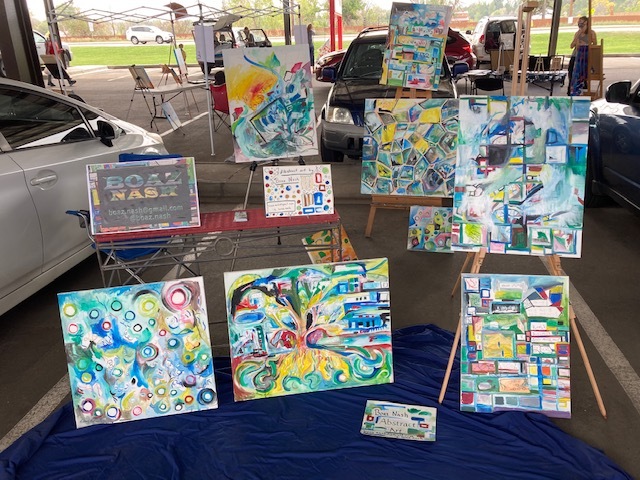
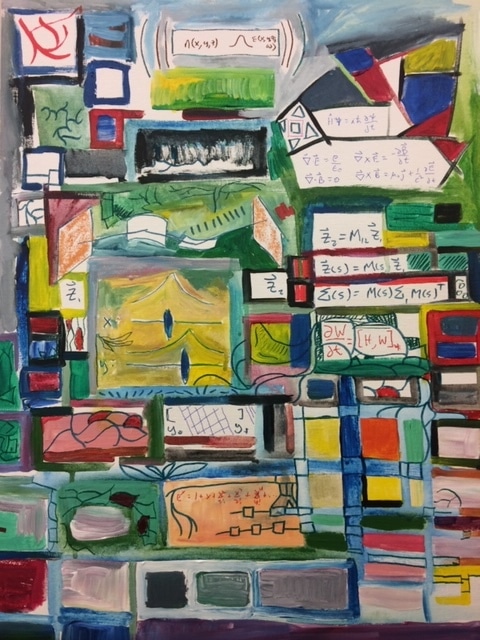
What’s something you wish people understood better about RadiaSoft?
That we’re filling a really important role in the particle physics / light source community with Sirepo. Some standard software in accelerator physics is incredibly hard to use. And the same software keeps being rewritten over and over again. So, when it gets beyond a certain complexity, you really need software engineers to work on it.
I think a lot of people recognize this issue with beam dynamics software, but most scientists with expertise in accelerators and light sources don’t have the time or resources to build software beyond a certain complexity. You can waste enormous amounts of time trying to set them up on your own and pass data between them and get reasonable plots out. Some of that is what you do for a PhD, but I think a lot of it is not that useful.
The Sirepo platform, which hosts nice interfaces for these codes, makes them easier to use, and being open source, allows for community development and collaboration across multiple institutions. I think it’s a really good service to the community.
Want to learn more about the RadiaSoft team? Visit our team page for full bios.
Sign up for our mailing list to get more RadiaSoft news and content.
